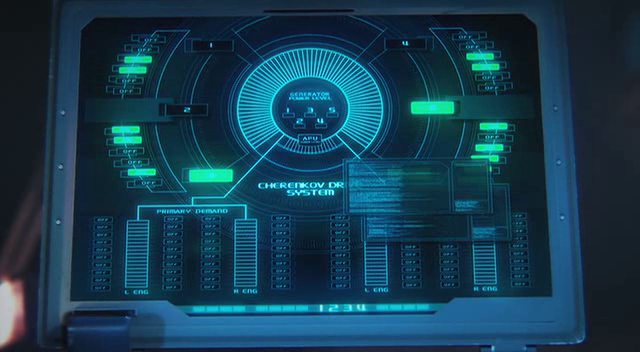Yes, the audience is smarter than they are often given credit for, but the problem is, this nitpicking to a bit of an extreme. The engine is really only important to establish how they get from place to place (i.e. the pilot episode-"warp drive") and when its broken. Be consistent with how the engine works, and the audience won't notice.Setting aside the metaphor, I do think the audience is smarter than most people give them credit for. I think people know when you haven't bothered to consider how the ship actually goes. Some people may not care, but that doesn't mean they didn't notice.
It's an important distinction with a one word difference in the description: electric engine vs. gas engine. That's it. So, the idea of having to distinguish make, model, and fuel source beyond the basics of "singularity drive" vs. "sublight" or "battery power" (as TOS referenced to a couple of times) will depend upon the needs of the story, not the story needing to know exactly how the engine works.I realize you're joking, but the punchline doesn't make sense for the following reasons:
a) I mostly drive to work alone, so who would I be talking to?
b) I drive an automatic.
c) It's an ICE car with no separate engine for going really fast, so the engine used is implied.
I have a reservation for a Tesla Model 3, and when people ask me about it, you better believe I'm going to mention that it's an electric car because it's an important distinction.
Besides that, it was a joke, and nothing kills a joke faster than having to explain it.





